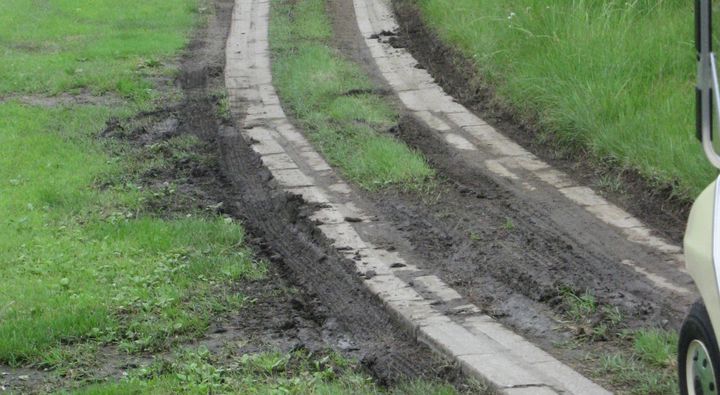“As clear as mud”

This was the most disappointing thing I read in 2015. Why it was disappointing, and avoidable, I explain below. But first, from Mark Hunt’s Weatherblog on March 2, 2015, reporting on his seminar experience at the Golf Industry Show earlier that year:
“The U.S appears to have come full circle with respect to soil analysis with their lecturers now referring to Base Saturation as a discredited system for calculated nutrient input from soil analysis.
Slightly hypocritical when you consider it was the U.S that led the foisting of this approach on our industry over here and I can clearly remember attending classes 15 years ago when they advocated this system.
Now they are relying on SLAN (Sufficiency Level of Available Nutrients) for their soil analysis but they have no guidelines and little new credible research to back up recommendations. I came away from the classes in this area with a book full of conflicting notes and a comment “As clear as mud” written by me in bold.”
Three things are terribly wrong and disappointing here.
First, no one should have that kind of experience at a seminar or educational conference about turfgrass nutrition. To be reporting that things are “clear as mud” after taking the class is really an indictment on what is being taught. And that is unfortunate, because this subject is not a complicated one. It should be clear as crystal, or whatever the expression is, rather than clear as mud.
Second, Hunt’s memory of BCSR being advocated 15 years ago. I expect that was being advocated either by those selling fertilizer or selling soil testing services. I’m not aware that BCSR has ever been advocated by turfgrass scientists. That any confusion still exists over BCSR in the turf industry is also unfortunate. It’s really simple. Don’t worry about cation ratios in the soil. They are irrelevant. And anyone teaching on this topic should make this clear.
Third, to convey that there are “no guidelines and little new credible research”—whoever is teaching that should be more clear. On the contrary, there is tons of credible research, and it all points to the same thing. And that is, one needs to make sure the grass is supplied with as much of each element as it will use. If there is already enough of that element in the soil, then no more needs to be supplied as fertilizer.
That approach, supported by extensive research, is the basis of the MLSN guidelines.
The point is, this is a simple topic and for someone attending an educational event, trying to learn the latest about turf nutrition, to be left with the impression that things are unclear, well, it shouldn’t be that way, and that’s why Mark Hunt’s review of the Golf Industry Show was the most disappointing thing I read.
To close on a related, and more positive note, I read lots of great things that year and I’d like to recommend the Turfhacker summary of everything that’s interesting to me from Jason Haines’ Fusariummy site. This was one of the better reads that stood out to me that year:
“the greens are better than ever and I no longer worry about locked up nutrients in the soil. It’s not that difficult and I highly recommend you stop worrying about it and adopt these fertilizer guidelines now.”